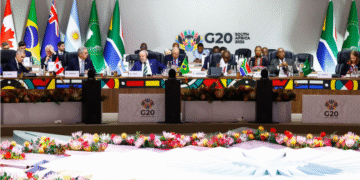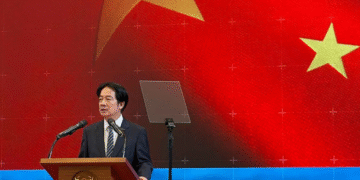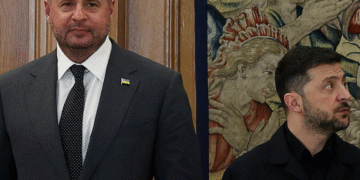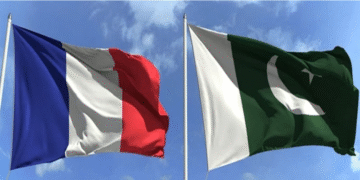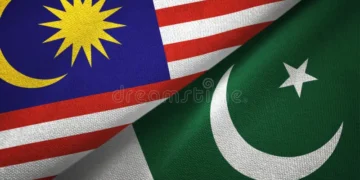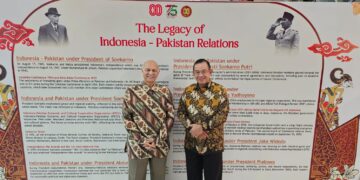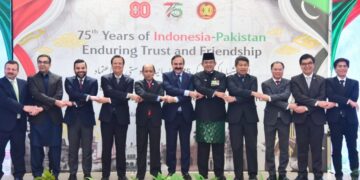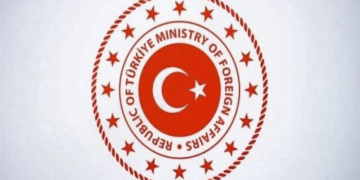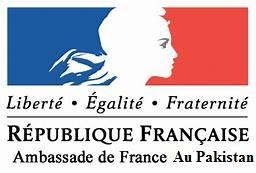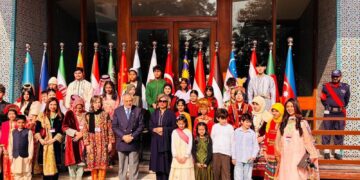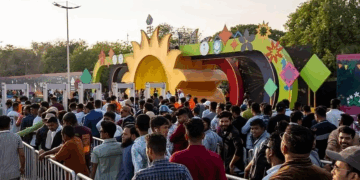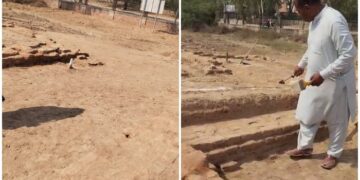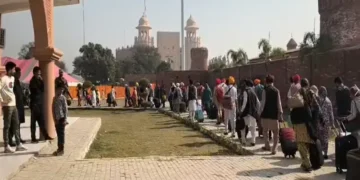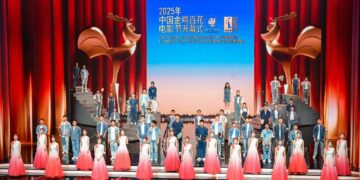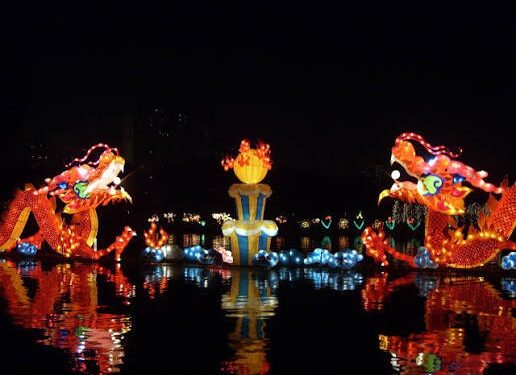The Mid‑Autumn Festival in Chinese we call it中秋节 (Zhōngqiū Jié) in Chinese, also called the Moon Festival or Moon cake Festival, is one of the most cherished traditional celebrations in Chinese culture. It falls on the 15th day of the 8th month in the Chinese lunar calendar, which usually corresponds to a date in September or early October. In 2025, it is celebrating on October 6, 2025.
On this night, the moon is believed to be at its fullest and brightest — a powerful symbol of unity, harmony, and family reunion. Families gather, share moon cakes, light lanterns, and gaze at the moon together.
Below is a deeper look into its history, myths, customs, and modern significance.
Origins & History
The roots of moon worship in China go back thousands of years. People have long associated the full moon of autumn with harvest, gratitude, and cosmic balance.
The term “Mid‑Autumn” (中秋) first appeared in the Rites of Zhou (Zhou Li), a ritual book from the Western Zhou Dynasty. As a formal festival, it became more widespread during the early Tang Dynasty (618–907 CE). By the Song Dynasty (960–1279) and later in the Ming & Qing periods, its observance was firmly established among the people, alongside festivals like the Chinese New Year. In modern times, the Chinese government recognized it as intangible cultural heritage in 2006, and made it an official public holiday in 2008.
Myths & Legends
Several legendary tales are associated with the Mid‑Autumn Festival. The most famous include:
Chang’e and Hou Yi
According to popular legend, the archer Hou Yi shot down nine out of ten suns to save the Earth from scorching heat. As a reward, he received an elixir of immortality. His wife, Chang’e, swallowed the elixir to prevent it from falling into the wrong hands, and ascended to the moon — becoming its immortal inhabitant. Hou Yi then offered sacrifices and Moon cakes to Chang’e in remembrance.
There are variant versions of the story, but the essence is the same: Chang’e’s sacrifice, the separation from her husband, and the moon as her abode.
Customs & Traditions
Many traditional practices surround the Mid‑Autumn Festival. Some of the most widespread include:
Moon Gazing (赏月)
Families come together outdoors or by windows to admire the full moon, reflecting on its brightness and symbolism of completeness.
Moon cakes (月饼)
Moon cakes are perhaps the most iconic symbol of the festival. These round pastries symbolize unity and completeness. Common fillings include lotus seed paste, red bean paste, salted egg yolk, nuts, or mixed fillings. The most common and precious gift of this festival is “Moon Cake”. People usually share Moon cake among family and often give as gifts to friends, colleagues, or business partners.
Lanterns & Lantern Riddles
Lanterns of various shapes, sizes, colors and forms are lit and displayed. Children often carry lanterns at night. In many places, people write riddles on lanterns called Dēngmí 灯谜for others to guess.
Offerings & Moon Worship
People may set up small altars or tables in courtyards, balconies, or open areas with offerings like Moon cakes, fruits (apples, pears, grapes, and pomegranates etc.), teas, wine, and seasonal produce. They may burn incense, light candles, and express prayers to the moon or the goddess Chang’e.
Regional Variations
Different regions in China and other East Asian countries have additional customs. For example, in some areas people float lanterns on water, arrange Moon cake contests, have cultural performances, or include special local foods.
Writer:
ABDUL SALAM KHAN (GOLD MEDALIST)
CHINESE LANGUAGE TEAHER IN
CONFUCIUS INSTITUTE
NUML, ISLAMABD.



















